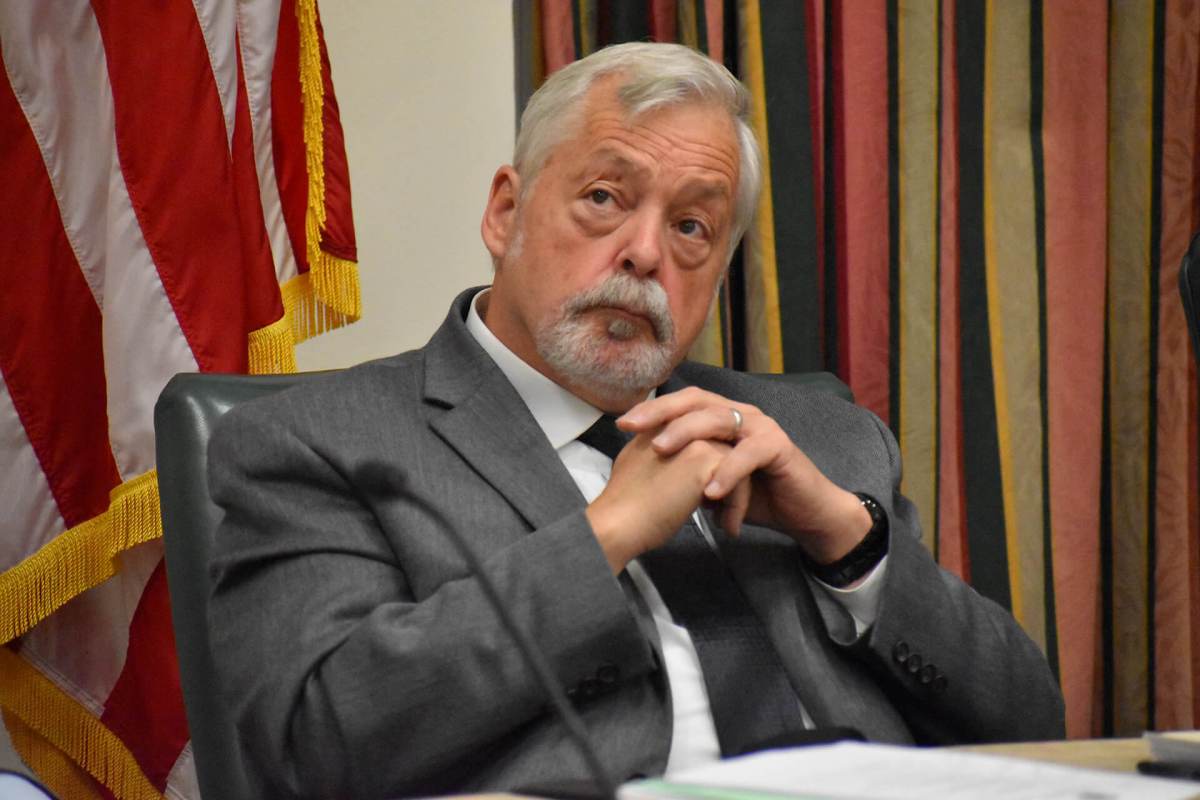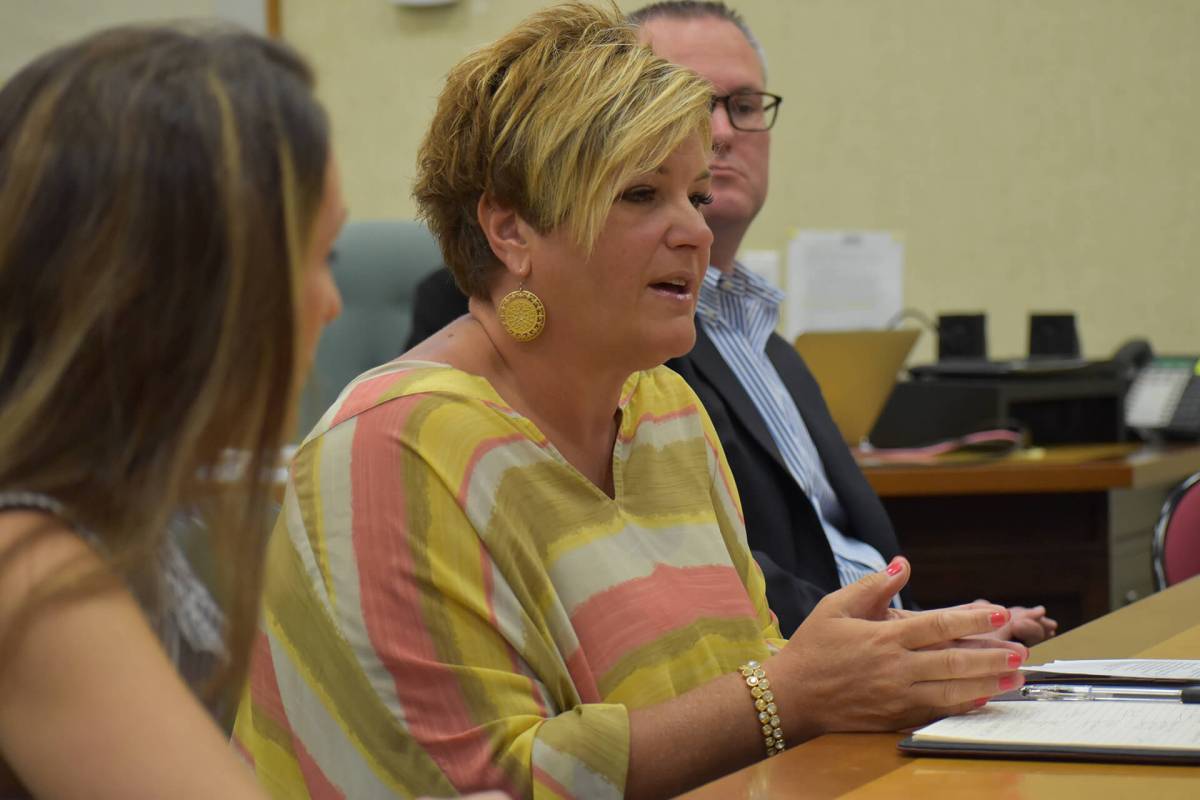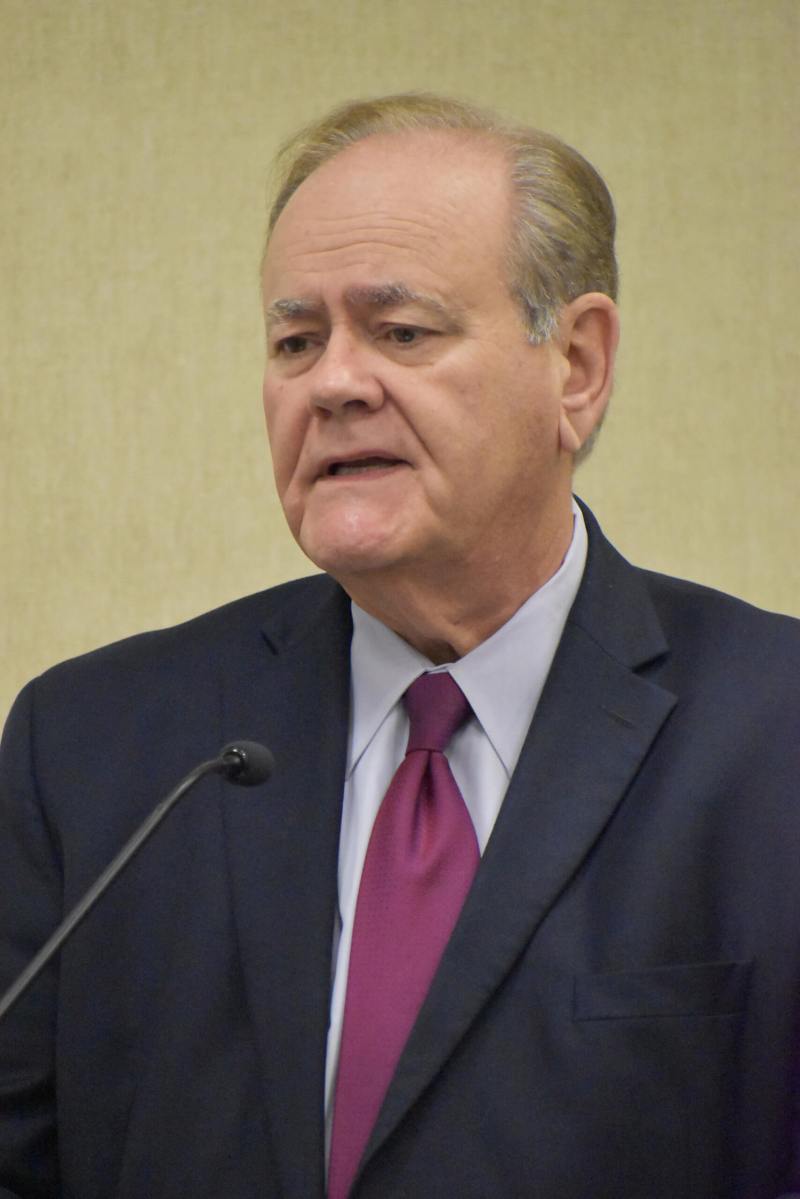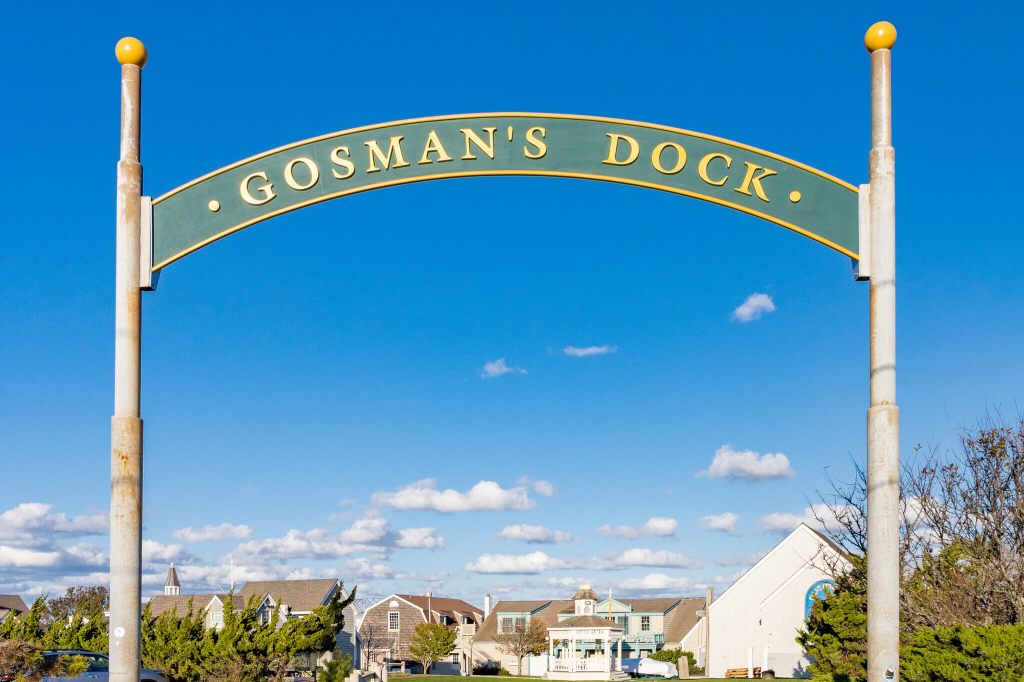Opioid Task Force Report Released
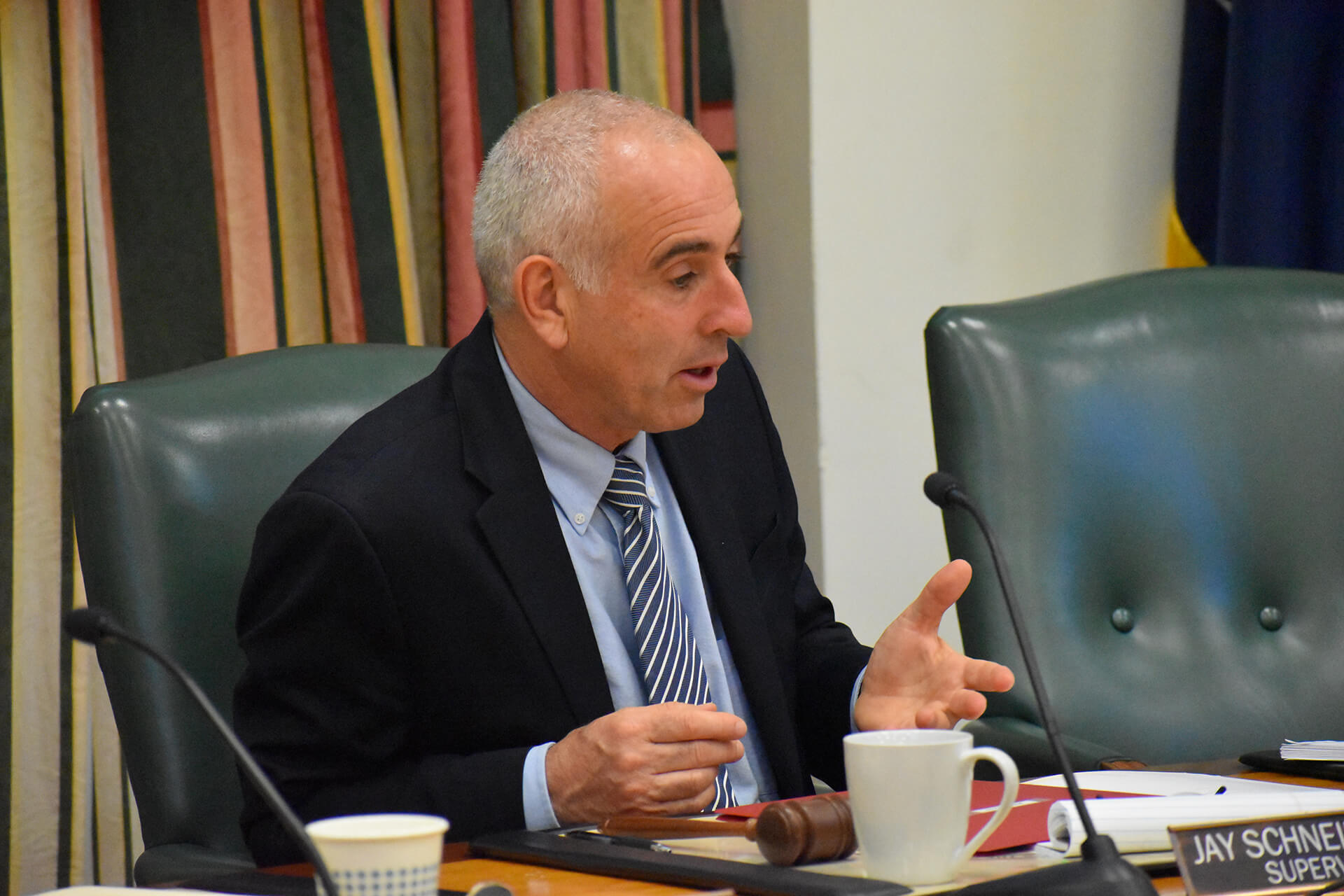
The legacy of Hallie Rae Ullrich and the other 18 people who were lost to fatal overdoses in Southampton Town last year is a little closer to coming to fruition.
The Southampton Town Opioid Addiction Task Force released a set of recommendations in a draft report on Thursday, June 21, homing in on key components to reduce drug addiction in the township — long-term sustainability through treatment centers such as sober living homes and the creation of an East End THRIVE Recovery Community and Outreach Center, as well as prevention mechanisms in the schools and community.
The top recommendation suggested by the task force included the creation of an East End THRIVE Recovery Community and Outreach Center, similar to the one in Hauppauge which is a comprehensive substance abuse center that offers short-term and long-term treatment options, while serving as a sober clubhouse of sorts for people battling addiction and their families to gather and obtain resources, as well as socialize.
Possible locations for the center included the campus of Stony Brook Southampton, where Stony Brook Southampton Hospital could be expanded, as well as Francis S. Gabreski Airport in Westhampton, where its owner, Suffolk County, is seeking businesses for its industrial space. Task force members suggested the center be located no further west than Riverhead.
Task force co-chairman Drew Scott said the group took a field trip to the THRIVE center to get a feel for how it works and how a similar model could be used to service the East End.
“We thought it was a great step because we spend a lot of time on prevention and we spend a lot of time on treatment,” he said. “This is one thing in recovery — it is very important to help [recovering addicts] stay sober.”
The task force was formed in October 2017 following the death of Ullrich, Scott’s granddaughter who was found dead from an overdose of heroin and fentanyl at the side of the road near a park. Ullrich and her boyfriend, who died two days later, were part of a group of 19 town residents who overdosed last year, a year that saw the highest number of fatal overdoses in the town’s history. The task force was formed with the purpose of taking input from the public, and then formulating a plan on how to combat opioid addiction.
Scott said he believes there will be quick movement in the direction of the THRIVE Center. He noted that the work session meeting at town hall where the report was released was attended by representatives from New York State’s Office of Alcohol and Substance Abuse Services, which is the agency that ultimately decides whether a treatment facility moves ahead and also has some pull with state funding options. He said the officials seem supportive of the idea and the task force is looking forward to continuing a dialogue on the matter.
“This is not going to sit,” he said.
The task force also set its sights on transitional housing programs, more commonly referred to as sober living homes, which often receive government money to operate but are not regulated. Instead, the task force suggested regulating them, so that they are safe environments free of drugs and alcohol for residents wishing to remain clean.
It was also recommended that sober dorms be created at the Stony Brook Southampton Campus to aid students wishing to live in a sober environment.
The task force also recommended lobbying for more government funding to improve the quality of sober homes, and funding for programs that offer childcare for parents in treatment programs.
Other healthcare components suggested by the task force included the creation of a mental health and substance abuse hotline to guide people who are dealing with health insurance denials because addicts and their family members often have problems dealing with their health insurance when seeking treatment at hospitals and other facilities, causing unnecessary delays.
It was also suggested that businesses partnering with the Town of Southampton have insurance policies supporting the Parity Act for substance abuse and mental health benefits, and that Suffolk County Community College develop more programs for certified recovery coaches and sober companions.
Law enforcement recommendations included continuing the town’s Bridge the Gap program allowing Southampton Town police officers to link patients revived by the opioid antidote drug, naloxone, to the treatment subcommittee if they want resources to get help with their addiction. It was also suggested that the town’s police continue their efforts working with other agencies to track overdose cases.
A public education campaign was suggested to highlight the “Good Samaritan” law, which allows whistleblowers to come forward, and in the case of a drug overdose, without the repercussions of prosecution or other legal action if they call 911 for emergency medical services.
Other campaigns that were suggested included one for parents entitled, “Look in the Mirror,” urging adults to talk with children about drug addiction, as well as one to help remove the stigma of 12 step programs, which are sober lifestyle programs that include group therapy and a regimented way of living with activities and goal-setting.
Prevention recommendations included the creation of an indoor public venue for youth activities in the winter, more options for meaningful youth-oriented employment, and increased transportation options that they can use to access the recreational venue as well as jobs. More education programs in schools and the community for students and their parents were also suggested.
Southampton Town Youth Bureau Director Nancy Lynott, chair of the task force’s prevention subcommittee, said she believes the town already has the infrastructure to make the suggestions a reality.
“It’s just that the opportunities are limited,” she said, adding that the committee is hoping to continue working to that end.
Supporters of the task force have claimed that the town’s unique approach in combating its opioid addiction problem, which includes the police department’s treatment bridge program, has helped reduce the number of deaths. Only one person has overdosed from opioids so far this year, as of deadline on Monday, June 25.
However, the task force was only formed as a group in the short-term to address opioid addiction. It is likely that the group will take shape as a formal advisory committee to meet regularly and continue to make recommendations to the town, Scott said.
In the meantime, task force members are waiting to hear what direction the town board will have them take, he said.
Supervisor Jay Schneiderman said the board will review the recommendations and come up with a plan for how it would like the group to proceed.
“Just like we have talked about recovery being life’s work, we are going to have to keep the work going in some capacity,” he said, adding, “Just because the numbers are encouraging in opioid deaths, doesn’t mean that we get to rest. We are going to have to continue to be on this issue and working hard to prevent addiction.”
peggy@indyeastend.com


